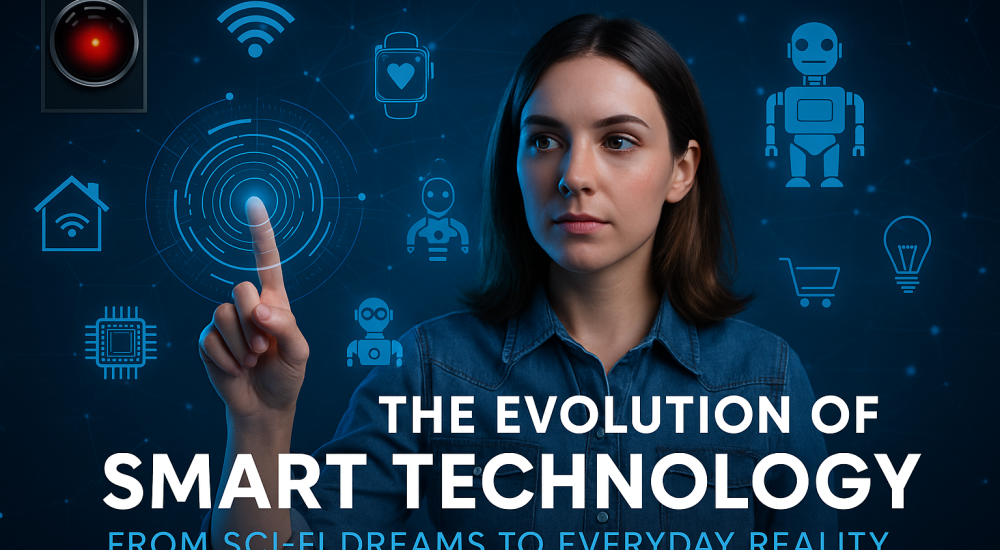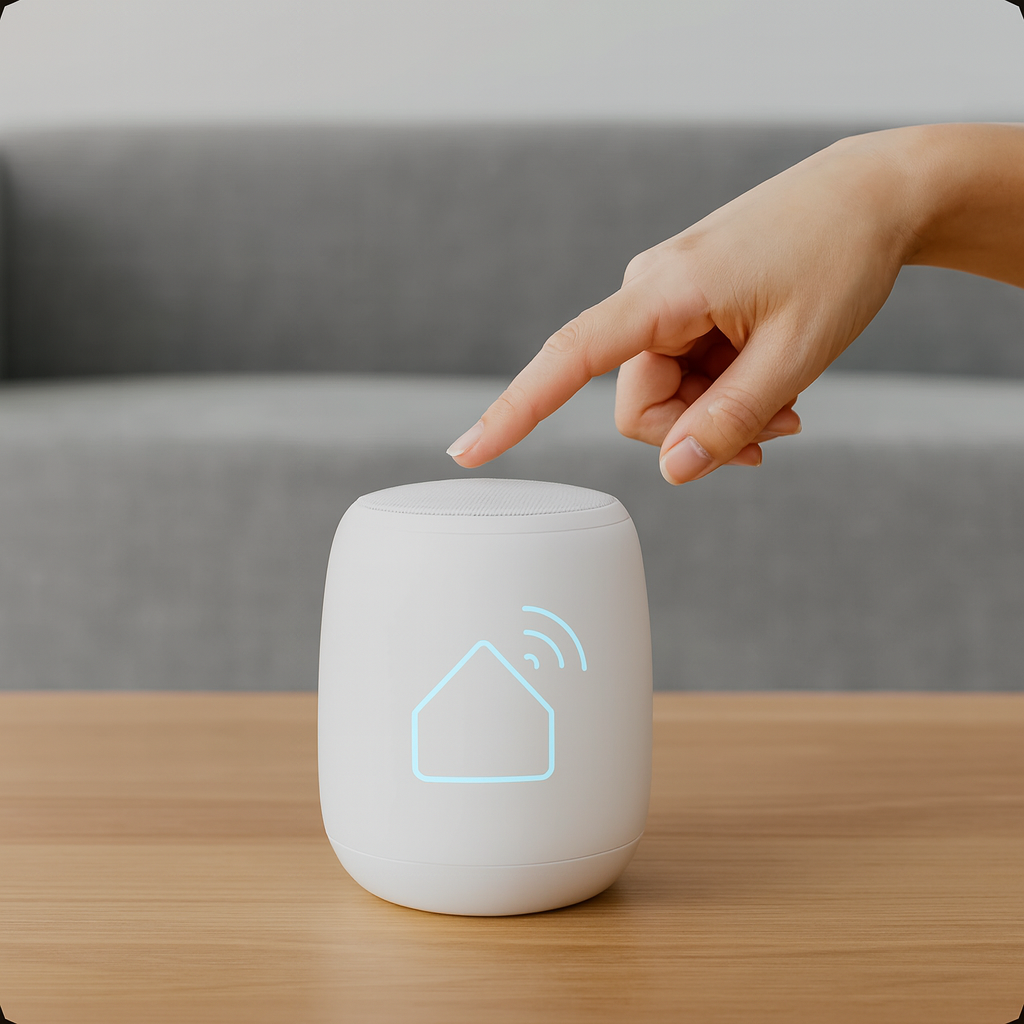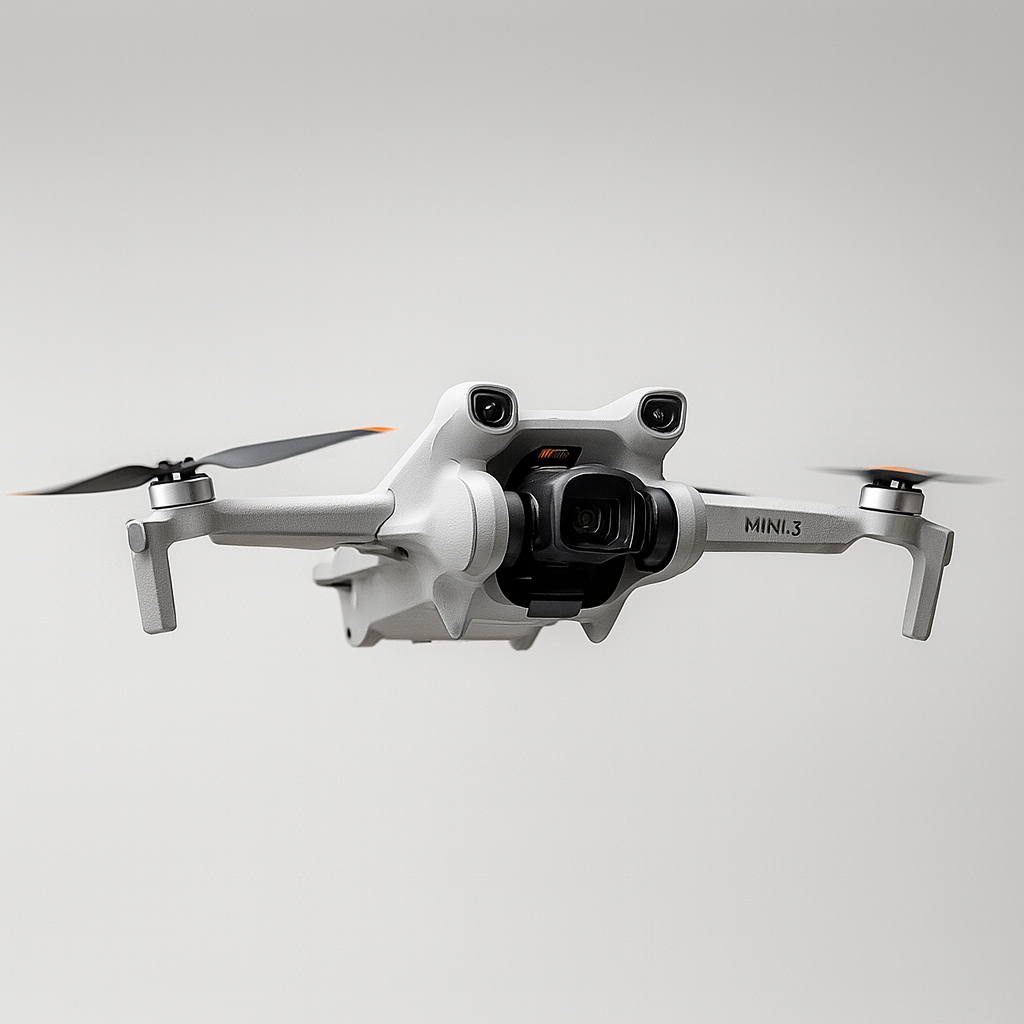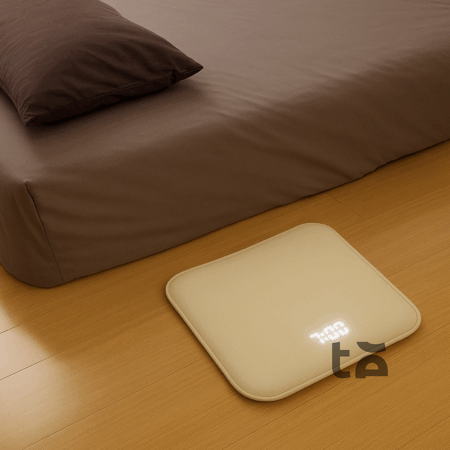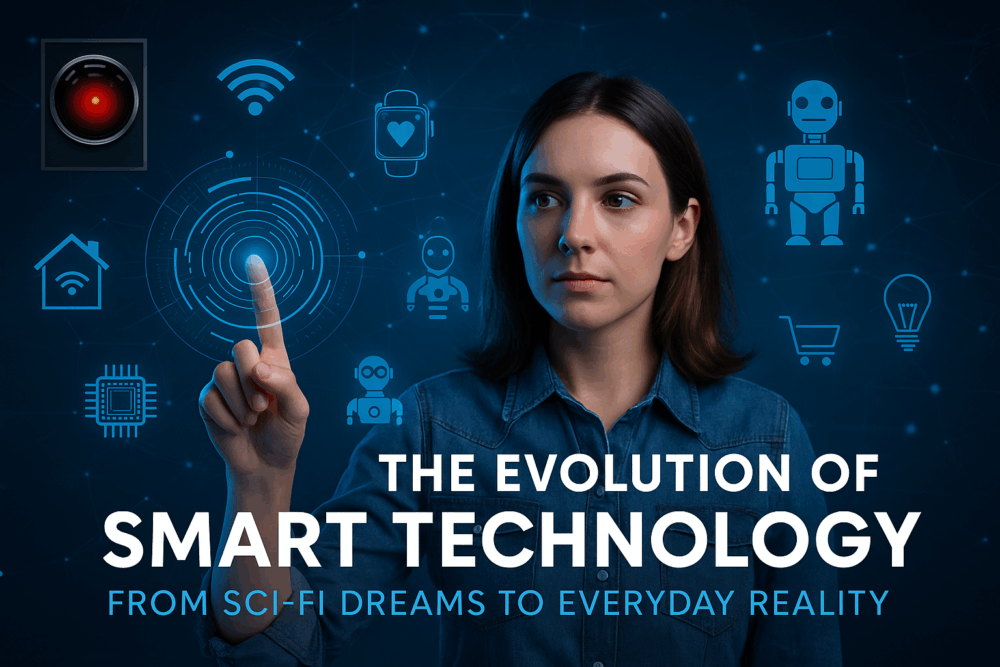
Once confined to the pages of science fiction novels and silver screen fantasies, smart technology is now a foundational part of our everyday lives. From AI-powered assistants and wearable tech to the rise of smart cities and precision farming, what was once imagined is now seamlessly woven into our daily routines. This article takes you on a journey through the incredible transformation of smart technology — from fiction to fact — and explores what lies ahead.
From Fiction to Foresight: Sci-Fi’s Vision of Smart Tech
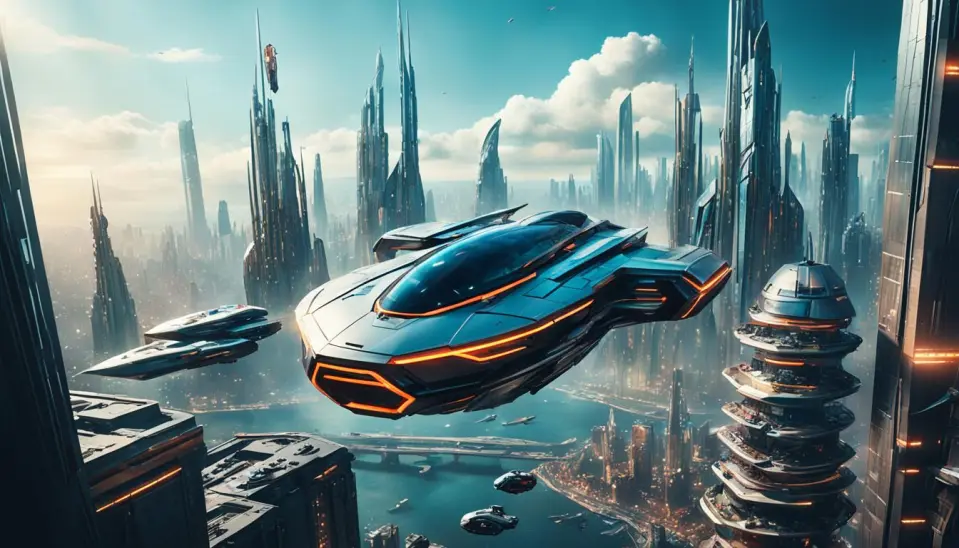
Visionaries like Isaac Asimov, Arthur C. Clarke, and Philip K. Dick didn’t just entertain — they forecasted the future. Asimov’s “Three Laws of Robotics” and Clarke’s predictions about satellites gave birth to ideas that would later become real-world innovations. Films like 2001: A Space Odyssey brought these concepts to life with HAL 9000 — an eerily sentient AI system that both fascinated and warned us about the future of intelligent machines.
The Birth of Artificial Intelligence
In the mid-20th century, pioneers such as Alan Turing and John McCarthy laid the groundwork for artificial intelligence. Though initial progress was hampered by limited computing power, the 1980s ushered in expert systems and the first true AI applications.
After the so-called “AI winter,” the late 1990s and early 2000s reignited interest with breakthroughs in neural networks and deep learning — propelling AI into practical use across countless sectors.
The Rise of Smart Devices and the IoT Revolution
The 21st century marked a turning point. Smartphones evolved into personal control hubs, enabling us to manage everything from lighting and home security to appliances and wearables. This era gave birth to the Internet of Things (IoT) — a vast web of interconnected devices that now power our homes, cars, offices, and even cities.
Smart thermostats, fitness trackers, robot vacuums, and voice assistants became everyday companions — quietly collecting data, learning our habits, and enhancing convenience.
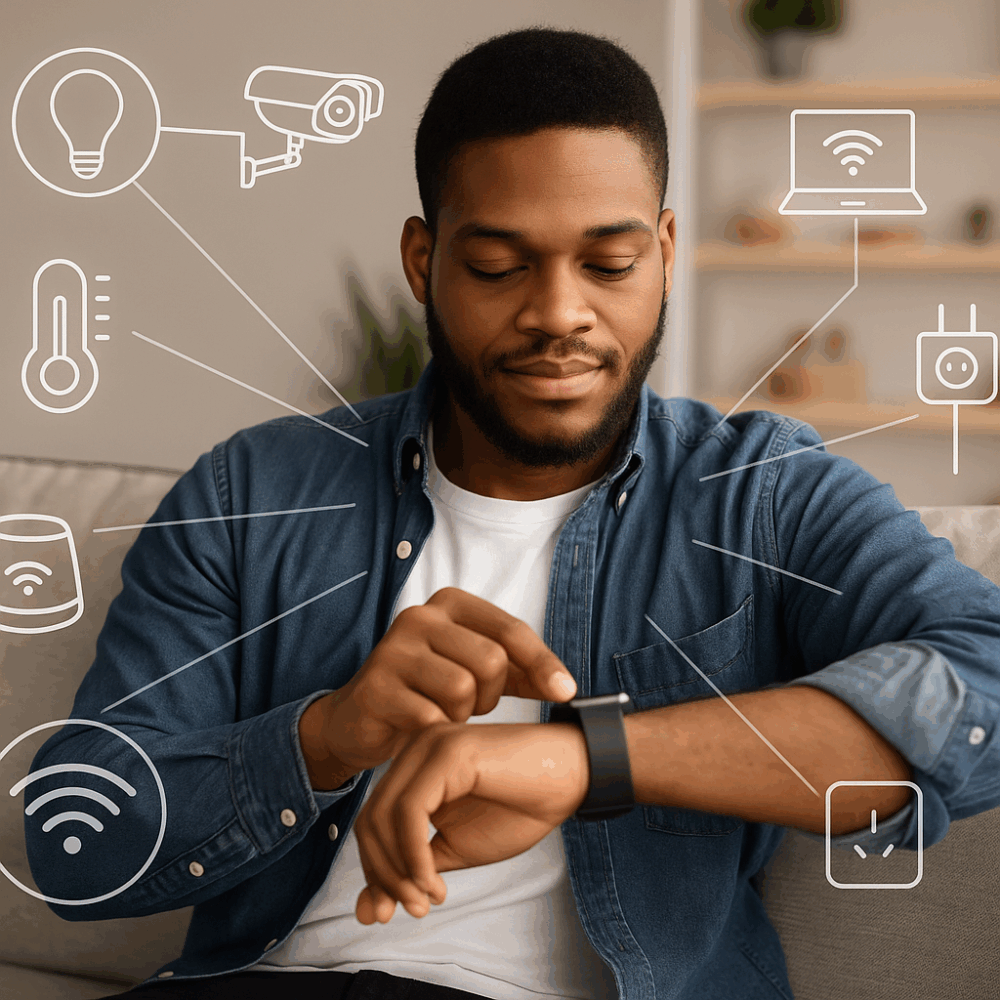
AI in Everyday Life
AI no longer feels foreign — it’s part of how we live. Recommendation systems on Netflix and Spotify use machine learning to predict what we’ll love next. E-commerce platforms personalize product suggestions and offer dynamic pricing tailored to our behavior.
In healthcare, AI aids in diagnostics, treatment planning, and even surgical assistance. Chatbots powered by natural language processing handle customer service, while virtual assistants respond to voice commands with increasingly human-like interactions.
Smart Tech Across Industries
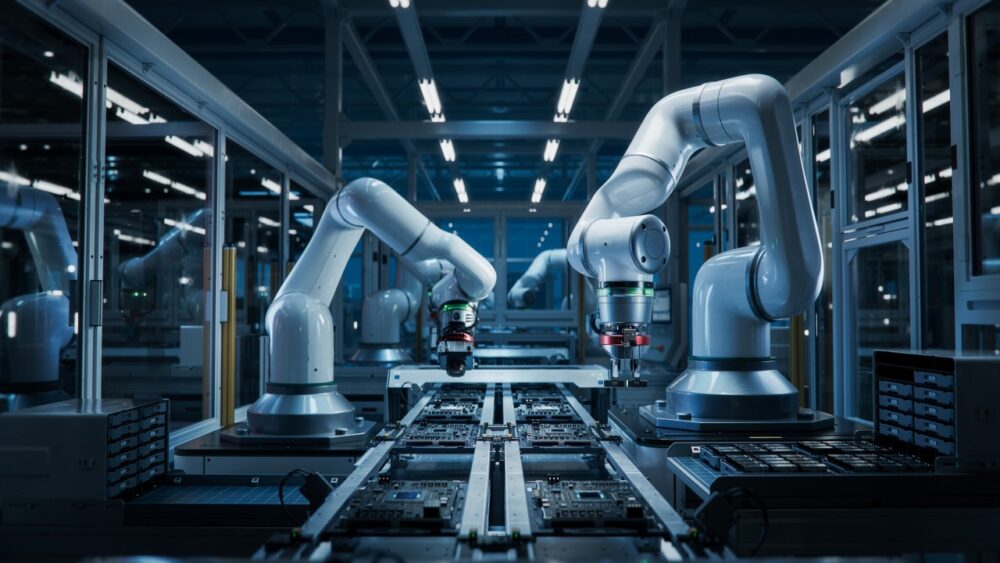
Smart technology is transforming industries behind the scenes too:
- Manufacturing uses IoT sensors for predictive maintenance and process automation.
- Transportation benefits from self-driving technology and AI-powered logistics.
- Agriculture is being revolutionized by precision farming — using drones, sensors, and AI to increase yield and conserve resources.
These innovations boost efficiency, reduce waste, and enable faster, smarter decision-making.
The Challenges We Must Address
While smart technology brings immense benefits, it’s not without concerns:
- Privacy and Data Security: As devices collect more personal data, safeguarding that information is critical.
- Job Displacement: Automation may replace some roles, requiring proactive reskilling and workforce transformation.
- Ethical AI: The misuse of AI in areas like surveillance or autonomous weapons raises serious moral questions.
Responsible development and transparent governance will be crucial to ensuring these technologies serve the common good.
The Next Chapter: Cyborg Tech, Smart Cities, and Beyond
We’re entering an era where humans and machines may merge more directly. Cyborg technology — including neural implants, exoskeletons, and AI-integrated prosthetics — is poised to enhance human capability in both medical and lifestyle contexts.
Meanwhile, smart cities will become more connected, sustainable, and efficient — using real-time data to manage traffic, energy, safety, and public services.
As natural language processing, virtual/augmented reality, and quantum computing continue to evolve, the pace of innovation will only accelerate.
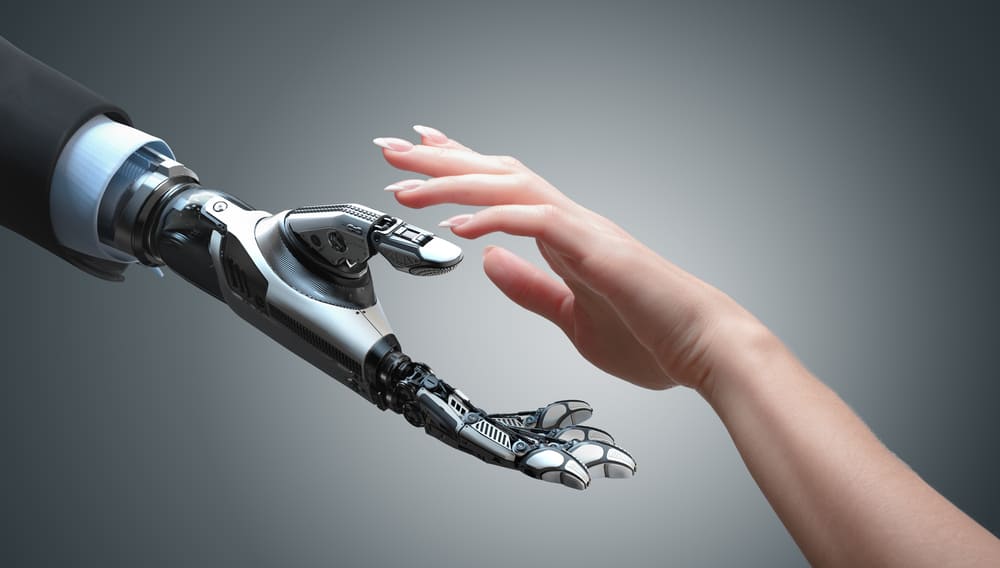
Conclusion: From Imagined Futures to Daily Life
Smart technology’s rise from speculative fiction to essential function has been nothing short of extraordinary. What once lived in books and movies is now in our pockets, homes, and workplaces. As this evolution continues, our focus must shift toward inclusive innovation — ensuring these tools are accessible, ethical, and used to improve life for everyone.
We are no longer imagining the future — we’re living it.

